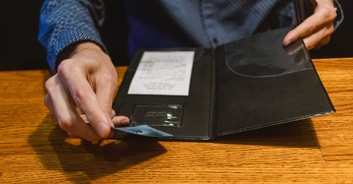No one likes going to the doctors - so when you realise you're ill enough to warrant a visit, it just adds to the misery of being ill. However, you can rest assured that it's probably not as bad as you're expecting it to be. But, in the case of this 15-year-old, he found that he was struck with an incredibly rare disease - one that was far more common in the 18th century.
This British teenager has become infected with the cowpox virus - breaking out in red lesions on his hands, feet and arms - after feeding calves on his family farm. The medical professionals who saw to the boy, from Wrexham in Wales, said they had never come across it in their entire careers.
The last reported human case was in Wales 15 years ago, and the disease has practically died out.
The boy, who chose to remain unnamed, was taken to the Countess of Chester Hospital, where he was diagnosed. "We were really unsure what it was," the boy's mother said. "The one on his ankle was worrying - it was weeping a clear liquid down his ankle."
"I didn’t really know what it was, so I was quite concerned. The first thing you do is look on the internet and that’s when I found out it was quite rare.
"My son was quite embarrassed – it looked quite a mess, the lesions weren’t nice and it wasn’t pleasant for him.
"It took weeks and weeks to go, a long time. He still has some marks on his hands."
The virus was often caught by milking maids in the 18th century - as the virus can pass from species to species. It isn't very contagious, thankfully, and has almost disappeared as so few cows are milked by hand in the modern world.
Three months ago. the calves the 15-year-old were feeding had broken the skin on his hands, with the grazes exposing his blood to the contagion.
Dr Aysha Javed, who diagnosed the teenager, said it was the first case of cowpox she has ever seen. "I think the boy and his family were quite bemused when we told them – I don’t think they expected that to be the diagnosis," she said. "I think it was very itchy for him but it wasn’t particularly painful."
His case came to light when Dr Javed and her colleagues alerted other medics to it during a recent European Society for Pediatric Dermatology annual meeting. Dr Javed said:
"We have to inform other colleagues about rare cases and, if it’s something that’s going to be re-emerging, public health professionals need to be alerted.
"We don’t really see cowpox anymore – it’s one of those diseases that went away.’
A British Association of Dermatologists spokesman said that while the resurgence is interesting, this case is not "particularly worrying as cowpox tends to be benign in nature to otherwise healthy people".










